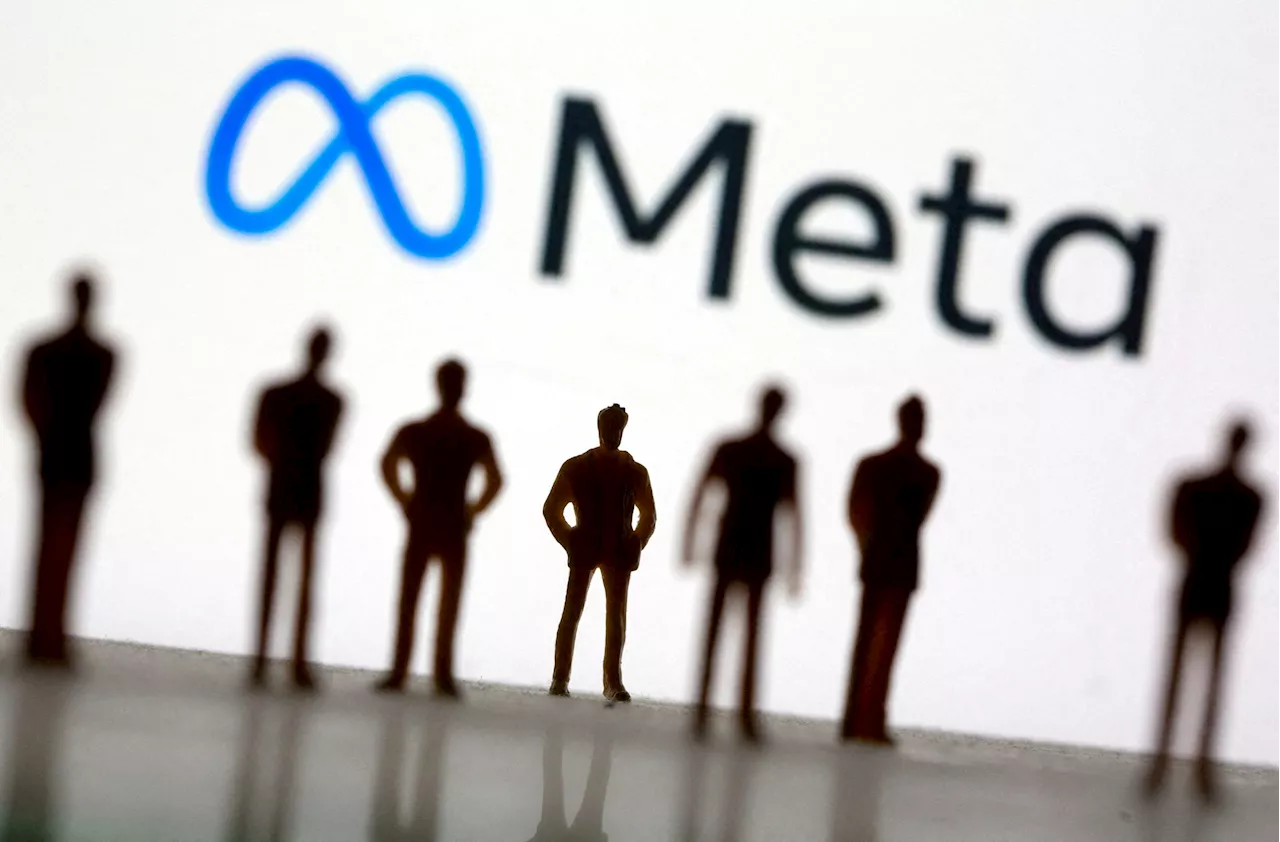New research reveals the vast extent of legal wildlife trade in the US, highlighting the need for better data and management strategies to protect wild populations and prevent ecological harm.
When people think of wildlife trade, they often picture smugglers sneaking in rare and endangered species from far-off countries. Yet most wildlife trade is actually legal, and the United States is one of the world’s biggest wildlife importers. New research published in the Proceedings of the National Academy of Sciences shows that, over the last 22 years, people in the US legally imported nearly 2.85 billion individual animals representing almost 30,000 species.
Some of these wild animals become pets, such as reptiles, spiders, clownfish, chimpanzees and even tigers. Thousands end up in zoos and aquariums, where many species on display come directly from the wild.The fashion trade imports around 1 million to 2 million crocodile skins every year. Hunting trophies are also included in wildlife trade. The largest number of imported species are birds—4,985 different species are imported each year, led by Muscovy ducks, with over 6 million imported. We found that just over half of the animals imported into the US come from the wild. Capturing wildlife to sell to exporters can be an important income source for rural communities around the world, especially in Africa. In fact, these risks are so worrying that many imported animals are classed as “injurious wildlife” due to their potential role in transmitting diseases to native species. Captive breeding has played an increasingly dominant role in recent years as a way to limit the impact on wild populations and to try to reduce disease spread. However over half the individual animals from most groups of species, such as amphibians or mammals, still come from the wild, and there is no data on the impact of the wildlife trade on most wild populations. Trade may pose a particular risk when species are already rare or have small ranges. Where studies have been done, the wild populations of traded species decreased by an average of 62 percent across the periods monitored.For most species in the wildlife trade, there is still a lot that remains unknown, including even the number of species traded. With so many species and shipments, wildlife inspectors are overwhelmed. Trade data may not include the full species name for groups like butterflies or fish. The values in many customs databases are reported by companies but never verified. In our study, we relied on the US Fish and Wildlife Service’s Law Enforcement Management Information System, a wildlife import-export data collection system. However, few countries collate and release data in such a standardized way; meaning that for the majority of species legally traded around the world there is no available data. For example, millions of Tokay geckos are imported as pets and for medicine, and are often reported to be bred in captivity. However, investigators cannot confirm that they weren’t actually caught in the wild. Biodiversity has a great number of economic and ecological benefits. There are also risks to importing wildlife. Understanding the many species and number of animals entering the country, and whether they were once wild or farmed, is important, because imported wildlife can cause health and ecological problems. Wildlife can spread diseases to humans and to other animals. Wild-caught monkeys imported for medical research may carry diseases, including ones of particular risk to humans. Those with diseases are more likely to be wild than captive-bred. Species that aren’t native to the US may also escape or be released into the wild. Invasive species can cause billions of dollars in damage by consuming and outcompeting native wildlife and spreading diseases. We believe better data on the wildlife trade could be used to set management goals, such as harvest quotas or no-take policies for those species in their country of origin.The researchers involved in this study come from institutes around the world and are all interested in improving data systems for wildlife trade. Some of us focus on how e-commerce platforms, such as Etsy and Instagram, have become hotspots of wildlife trade and can be challenging to monitor without automation. Esty announced in 2024 that it would remove listings of endangered or threatened species. Others build tools to help wildlife inspectors process the large number of shipments in real time. Many of us examine the problems imported species cause when they become invasive. In the age of machine learning, artificial intelligence and big data, it’s possible to better understand the wildlife trade. Consumers can help by buying less, and making informed decisions.
WILDLIFE TRADE IMPORTATION BIODIVERSITY INVASIVE SPECIES DISEASES CONSERVATION
Philippines Latest News, Philippines Headlines
Similar News:You can also read news stories similar to this one that we have collected from other news sources.
 Senate approves bill granting free legal assistance for military, uniformed personnelThe free legal assistance would include legal representation in civil, criminal, or administrative proceedings, legal advice or consultations, preparation of pleadings, motions, memoranda, and all other legal forms and documents, court fees and other related fees, and notarization of documents.
Senate approves bill granting free legal assistance for military, uniformed personnelThe free legal assistance would include legal representation in civil, criminal, or administrative proceedings, legal advice or consultations, preparation of pleadings, motions, memoranda, and all other legal forms and documents, court fees and other related fees, and notarization of documents.
Read more »
 Carlos Yulo out to scale higher expectationsMANILA, Philippines — Expectations are definitely higher for gymnast Carlos Yulo after pulling off a historic double gold medal at last year's Paris Olympics -- the first for any Filipino Olympian.
Carlos Yulo out to scale higher expectationsMANILA, Philippines — Expectations are definitely higher for gymnast Carlos Yulo after pulling off a historic double gold medal at last year's Paris Olympics -- the first for any Filipino Olympian.
Read more »
 Beyond Weight Loss: Celebrating Non-Scale Victories in 2025This article explores the importance of celebrating non-scale victories in fitness journeys. Fitness experts emphasize that progress can be measured in various ways beyond weight loss, such as improved sleep, increased energy, and enhanced strength. The article encourages individuals to track their fitness progress, whether through daily steps, workout logs, or mood reflections, to recognize their achievements and stay motivated.
Beyond Weight Loss: Celebrating Non-Scale Victories in 2025This article explores the importance of celebrating non-scale victories in fitness journeys. Fitness experts emphasize that progress can be measured in various ways beyond weight loss, such as improved sleep, increased energy, and enhanced strength. The article encourages individuals to track their fitness progress, whether through daily steps, workout logs, or mood reflections, to recognize their achievements and stay motivated.
Read more »
 Ceasefire Deal Averted a Full-Scale War in Gaza After 15 Months of ConflictA ceasefire deal has been announced to end the 15-month war between Israel and Hamas, involving a six-week truce and the gradual withdrawal of Israeli forces from Gaza. The agreement also includes the release of hostages held by Hamas in exchange for Palestinian prisoners held by Israel. While the deal faces hurdles with some Israeli hardliners opposing it, it offers a glimmer of hope for peace after a devastating conflict.
Ceasefire Deal Averted a Full-Scale War in Gaza After 15 Months of ConflictA ceasefire deal has been announced to end the 15-month war between Israel and Hamas, involving a six-week truce and the gradual withdrawal of Israeli forces from Gaza. The agreement also includes the release of hostages held by Hamas in exchange for Palestinian prisoners held by Israel. While the deal faces hurdles with some Israeli hardliners opposing it, it offers a glimmer of hope for peace after a devastating conflict.
Read more »
 Meta and Amazon Scale Back Diversity Programs Amid Conservative BacklashMeta (formerly Facebook) and Amazon are reducing their diversity, equity, and inclusion (DEI) initiatives, citing a changing legal and policy landscape and pressure from conservative groups. Meta is ending its dedicated DEI team, while Amazon is reviewing and winding down outdated programs. These moves come as both companies seek to appease conservative voices, particularly in light of Donald Trump's upcoming presidency.
Meta and Amazon Scale Back Diversity Programs Amid Conservative BacklashMeta (formerly Facebook) and Amazon are reducing their diversity, equity, and inclusion (DEI) initiatives, citing a changing legal and policy landscape and pressure from conservative groups. Meta is ending its dedicated DEI team, while Amazon is reviewing and winding down outdated programs. These moves come as both companies seek to appease conservative voices, particularly in light of Donald Trump's upcoming presidency.
Read more »
 Meta and Amazon Scale Back Diversity Programs Amidst Conservative PushbackMeta Platforms and Amazon.com are phasing out diversity programs as conservative opposition to such initiatives intensifies. This comes after years of companies promoting inclusivity following protests sparked by the killing of George Floyd. Meta is ending its DEI programs across hiring, training, and supplier selection, while Amazon aims to complete the wind down of related programs by the end of 2024. Conservative groups have criticized DEI initiatives, emboldened by a recent Supreme Court ruling against affirmative action.
Meta and Amazon Scale Back Diversity Programs Amidst Conservative PushbackMeta Platforms and Amazon.com are phasing out diversity programs as conservative opposition to such initiatives intensifies. This comes after years of companies promoting inclusivity following protests sparked by the killing of George Floyd. Meta is ending its DEI programs across hiring, training, and supplier selection, while Amazon aims to complete the wind down of related programs by the end of 2024. Conservative groups have criticized DEI initiatives, emboldened by a recent Supreme Court ruling against affirmative action.
Read more »
